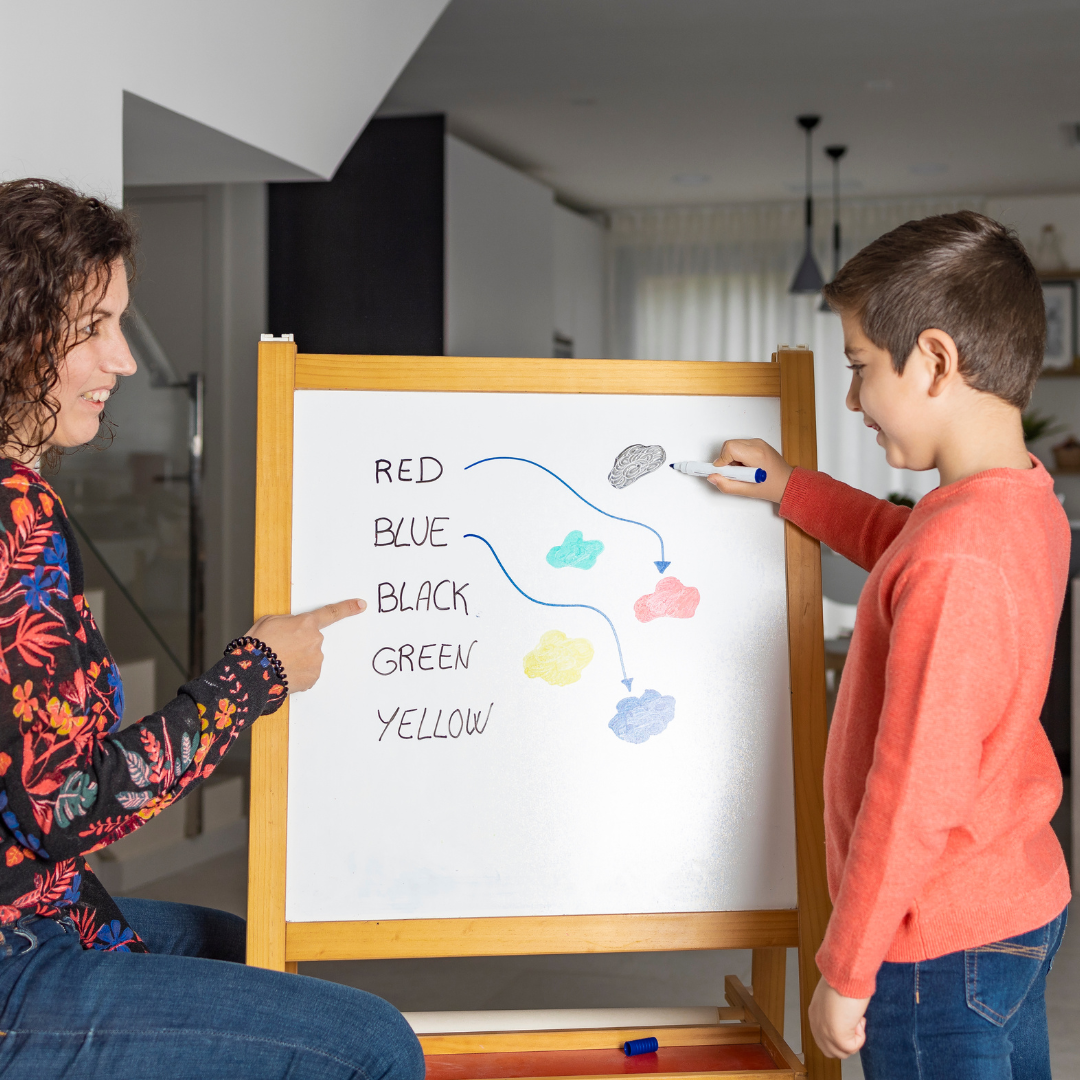Are Screens Soothing Our Kids? Rethinking Technology and Secure Attachment in Schools
Technology often sits at the crossroads of convenience and controversy, especially when we consider its role in our children's emotional wellbeing. Increasingly, digital devices have become the go-to method for self-soothing among young people. We've all been there—a distressed child handed an iPad to calm them down. While the occasional reliance on screens isn't inherently harmful, it's the regularity of this habit that's problematic, amplifying existing anxieties, worries, and potentially negative self-perceptions.
In my work supporting schools, I've observed firsthand the challenges associated with children turning to technology for emotional comfort. Often, this unregulated digital exposure exacerbates harmful rumination—the continuous loops of negative thoughts that can sometimes spiral out of control. Unlike adults, who usually possess healthier coping mechanisms like a supportive conversation or a relaxing walk, young people’s reliance on screens restricts their emotional growth and coping abilities. Social media spaces are unregulated and often harmful, creating a breeding ground for rumination, instead of a safe space to learn and settle.
One valuable solution I've shared extensively with schools is Dan Siegel’s renowned "4 S’s of Secure Attachment": Safe, Seen, Soothed, and Secure. These concepts offer practical guidance on building emotional resilience in young people and nurturing healthier forms of emotional regulation.
Creating environments where children feel Safe involves clear, predictable structures and dedicated calming spaces. In primary schools, this could mean introducing cosy corners in classrooms filled with sensory-friendly items. Secondary schools might provide calm rooms or peaceful library spaces, while international schools could adapt culturally inclusive relaxation areas where students from diverse backgrounds feel equally secure.
Being Seen addresses the vital need for consistent, attentive relationships. For instance, a large secondary girls' school that removed morning and afternoon form times saw a sharp increase in anxiety and behavioural issues among students. Reinstating these form sessions re-established daily touchpoints with familiar adults, significantly reducing students’ distress. Similarly, international schools can foster connections by pairing older students with younger or new arrivals, creating vital peer support networks.
To effectively support students in feeling Soothed without screens, schools can actively teach and encourage healthier emotional coping strategies as part of the curriculum. Primary schools might offer structured mindfulness sessions or sensory gardens, secondary schools could implement music or art rooms dedicated to wellbeing, and international schools could establish culturally sensitive arts and meditation programs that promote calm and cross-cultural understanding.
Lastly, feeling Secure is rooted deeply in stable relationships and a supportive school culture. Schools achieve this by ensuring each student has a reliable adult connection—a class teacher or assistant in primary schools, dedicated tutors or pastoral mentors in secondary settings, and trusted counsellors or peer mentors in international contexts.
Implementing these practical strategies is not just beneficial but essential. Schools that thoughtfully integrate these secure attachment principles provide a robust framework for young people's emotional and social growth, supporting healthier, screen-free coping mechanisms and significantly contributing to students' lifelong resilience and wellbeing.
https://psychcentral.com/relationships/the-4-ss-secure-attachment
Anna Bateman




